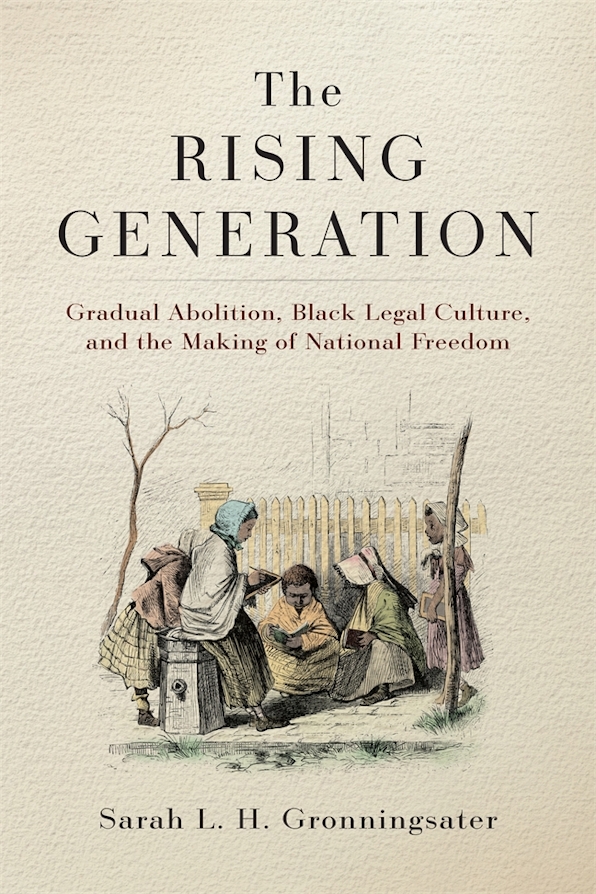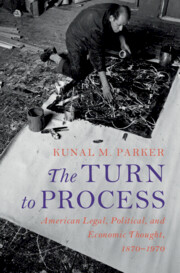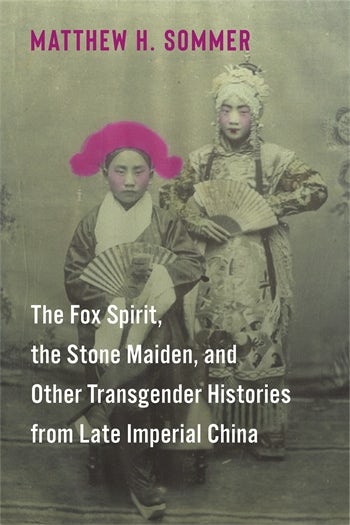- On November 25, 2025, Susanne Brand delivered the annual lecture of the Centre for English Legal History at the University of Cambridge. Her topic was "Outlawry and its Consequences in Later Medieval English Law and Practice." View it here.
- Trump v. Slaughter Roundup: Christine Kexel Chabot (Notice & Comment). “What do you do when the Supreme Court says its decisions are supported by history, but history doesn’t support the Supreme Court?” asks Craig Green, in an article quoting a number of other legal historians (Bloomberg Law). The Yale Law bench memo (Just Security). Jed Shugerman and Gary Lawson reply to Richard Re (Divided Argument). And a blog version of “Quasi-Judicial”: A History and Tradition, a paper that Beau J. Baumann and Jed H. Shugerman posted on SSRN yesterday (Notice & Comment).
- National Guard Deployment Roundup: Bernadette Meyler (SLS Blog). What about the Whiskey Rebellion? (Lawfare).
- Vanderbilt Law's notice of Sara Mayeux's appointment to its Mildred Prescott Miller Chair.
- Fordham Law's notice of Jamie Grischkan, a legal scholar and historian of financial regulation and antimonopoly law and policy.
- Carl Landauer reviews Lauren Benton's They Called It Peace: Worlds of Imperial Violence (2024) in the European Journal of International Law.
- The American Historical Association will host a congressional briefing on the history of federal funding of science on Thursday, December 11, at 9:00 a.m. ET in Rayburn House Office Building Room 2075.
- A recording of the National Constitution Center's "town hall" on amending the U.S. Constitution may be viewed here. And tune in Monday at noon for another town hall, in which John Q. Barrett, joins Gerard Magliocca, and G. Edward White to discuss Robert H. Jackson's "influential concurrence in Youngstown Sheet & Tube Co. v. Sawyer, his approach to constitutional interpretation, and the lasting legacy he left on debates over presidential power."
- A briefing on Bush v. Gore and the State of U.S. Elections sponsored by the Brennan Center for Justice on Tuesday, December 9 from 2–3 p.m. ET.
- John Lennon's lawyer recalls Lennon's and Ono's deportation case (ABA Modern Law Library).
- The University of Nebraska-Lincoln's notice of the receipt by its "Petitioning Freedom" project of the Mary Dudziak Prize in Digital History from the American Society for Legal History.
- ICYMI: The history of the University of Memphis School of Law. Tracing the roots of modern international refugee law (SCC Times). The South Carolina Supreme Court Historical Society (Columbia Metropolitan)
Weekend Roundup is a weekly feature compiled by all the Legal History bloggers.





















